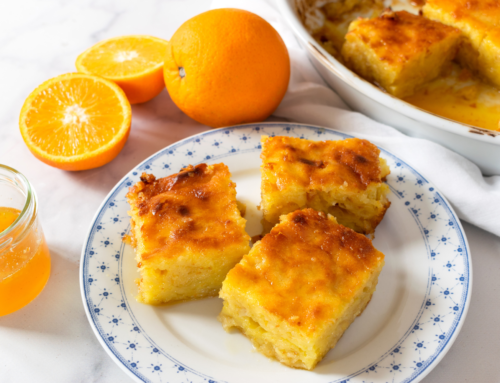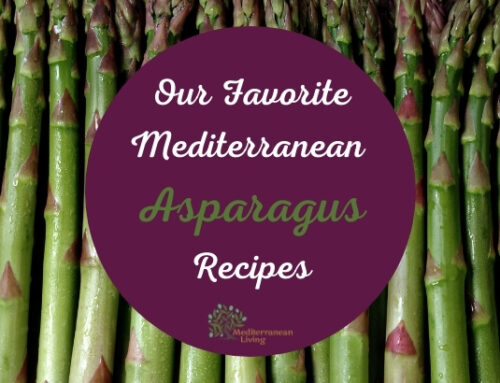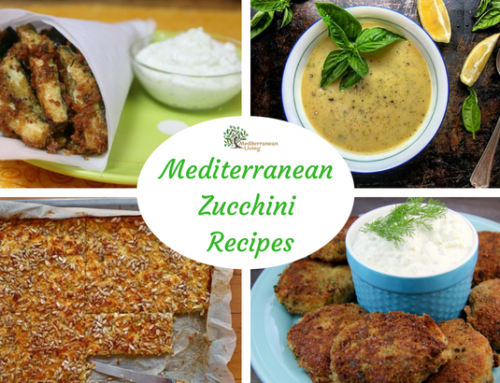Garlic: Cornerstone of Mediterranean Flavor
By Ian McDowell
Updated January 12, 2016
When I begin preparing a meal, garlic is usually the first thing I add into the pan after the oil. The aroma and flavor of this humble bulb greatly compliments meats, seafood, vegetable dishes, starches, and sauces. It is no surprise that garlic has been a part of Mediterranean cooking from the beginning and that the cult of garlic extends far beyond culinary uses.
According to Herodotus, the ‘father of history’, garlic was an integral part of the Mediterranean diet long before Greek and Roman civilizations arose. In his somewhat overstated fashion, Herodotus intimated that Egyptians not only ate garlic, but also placed great value on it. Since then, garlic has been grown and loved by every empire and nation of southern Europe, northern Africa, and the eastern Mediterranean. With the expansion of empires and modern age emigration, that love of garlic and the recipes that contain it, have spread across the world. Affinity for the pungent root bulb extends to the medicinal world as well, being referred to by Galen, the ‘Step-father of Medicine’, as “the rustic’s theriac”, or cure-all.
While we may scoff at the idea of warding off vampires by placing wreaths of garlic over our doors, lots of us had a childhood where some older relative or family friend tried to dose you with garlic. Garlic is used to treat conditions ranging from the common cold, to malaise, to digestive troubles, and even warts. Wherever garlic is grown and eaten, there exists a mythology about what it does beyond merely making food delicious. While the majority of the claims of our grandmothers or elderly neighbors have not held up to the scrutiny of modern medicine, garlic has acquired and retained a great many adherents for it’s medicinal properties, and with good reason.
Although clinical results have varied, the consensus of western medicine is that garlic has a number of positive health effects and almost no drawbacks (a contribution to existing breath issues notwithstanding). Garlic seems to have a wide variety of positive effects on the human circulatory system. From reducing blood pressure, cholesterol levels, arterial hardening and heart attacks, to the possibility of reducing certain cancer types or even assisting in preventing the common cold. There are plenty of good health reasons to eat garlic. When we look at the factors surrounding garlic’s popularity: a residual belief in the antiquated notions, modern studies, and our voracious need to eat it, it is no wonder that garlic production is at an all time high.
As consumers in the western world, we enjoy privileged access to plentiful, cheap food, including garlic, year-round . However, similar to issues with other products, the inefficiency of national and international shipping leaves us in some peculiar positions as far as garlic is concerned. Garlic is cheap and readily available. However, unless you have your own garden or a very good grocer, you are unlikely to be able to find more than one or two types of garlic for your kitchen at any given time.
Furthermore, garlic is best stored in cool, dry conditions. Leaving it in your refrigerator may lead to mold, due to a relatively high moisture environment. The traditional garlic wreath, if available, is a convenient way to store a good amount of garlic, and to keep it fairly fresh through a season. Garlic loses moisture from the stem downward. Therefore, the bulb retains its moisture and lasts for a longer period if it has a longer stem.
If you’re a fan of pickling or preserving your food, be aware that storing raw garlic in oil has been known to result in botulism. We recommend that you select your preservation method carefully to ensure the safety of your preserved garlic.
As mentioned earlier, most garlic that ends up on our tables is not grown locally. Try to purchase locally grown garlic whenever possible. The closer your garlic is grown, the more likely you are to get garlic that is fresh, rather than bulbs that have spent months sitting in a warehouse or a shipping container. There are different varieties available at different times of the year depending on where you live and most will satisfy your need for flavoring your food. The more you support local farmers and fresh crops, the more likely you are to get better quality food and more varieties of all vegetables. Plus, you’ll be contributing to the health of your local economy.
The next time you go to your local farmers’ market, supermarket or co-op to pick up vegetables, take some time to look a little closer at your garlic. Figure out what available variety of garlic you like best, and where it is coming from. Garlic is as much a part of a healthy Mediterranean diet as are fresh greens, fish, and olive oil, and has been for as long as history can remember.
Sources:
//nccam.nih.gov/health/garlic/ataglance.ht
//www.ncbi.nlm.nih.gov/pubmed/22419312












Winter LeBlanc says:
Winter LeBlanc says:
Bill Bradley, R.D. says: